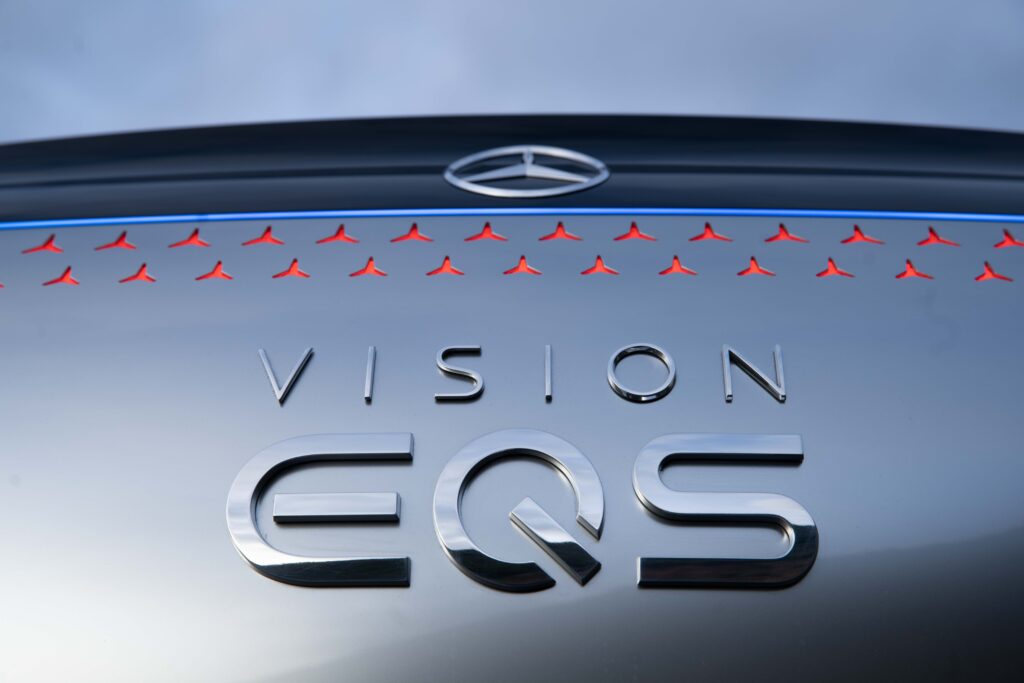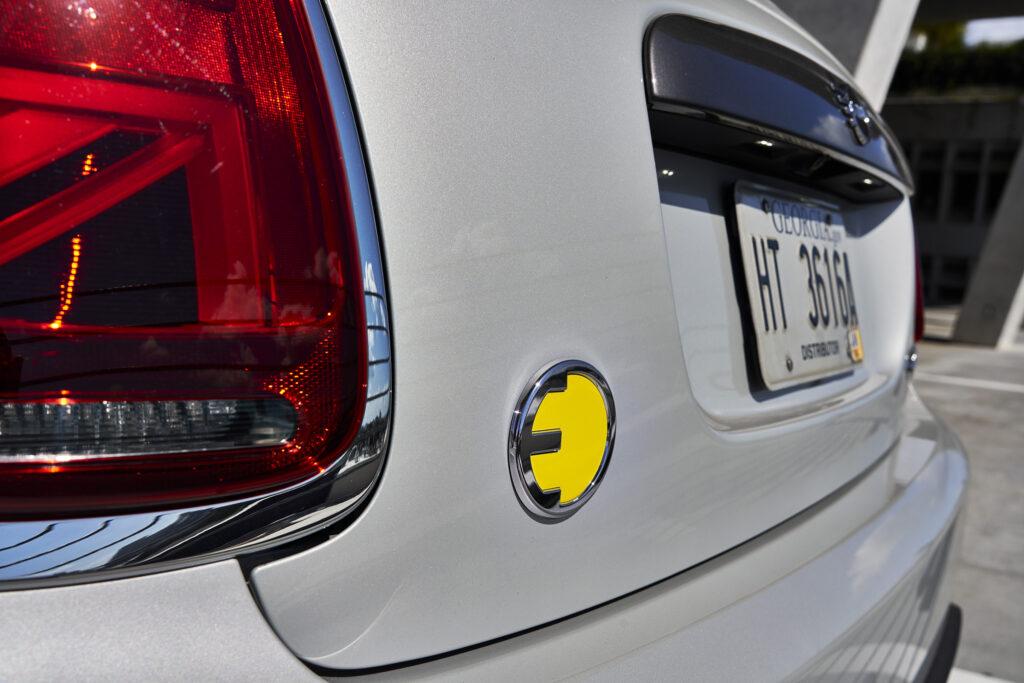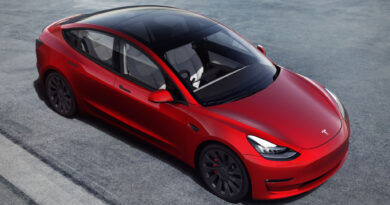EV sub-brands were the new must-have of 2020
The Germans were on to it early, but the rest of the automotive world is fast adopting the idea of EV sub-brands.
From EQ and e-Tron to BZ, ID and Ioniq, the future of electric motoring promises to mash up traditions with a new breed of electric-only families.
And why not?
Rather than sell an electric car as just another model in your lineup, the temptation of separating it into its own little EV micro-world has become a global trend that works beautifully for appealing to the all-important younger buyer while providing fresh fodder for digital marketing and social media.
BMW was one of the first, creating the “i” brand for its electric models way back in 2011, which kicked off soon after with the i3 and i8. Soon there will be the iX3 and iX.
Mercedes-Benz followed suit with EQ, which has so far spawned the EQC and (overseas, at least) EQV and will soon provide the marketing muscle behind the EQA, EQB, EQE and flagship EQS, as well as SUV versions of the EQE and EQS.

And Audi has e-Tron, a futuristic moniker that will spawn a high-performance e-Tron GT, smaller Q4 e-Tron and plenty more in future.
Volkswagen created ID, with numbers roughly aligned to the size of the vehicle; it seems Volkswagen will eventually have an ID family ranging from ID.1 through to ID.7, the 7 being an electric version of the Kombi. ID also allows some spin-offs, with names such as ID.Buzz and ID.Crozz.
Now Toyota appears to have jumped on board with BZ. While it is yet to comment on its copyright registration of BZ (as well as BZ1 through to BZ5 and BZ1X to BZ5X), hints from European executives suggest they’ll form the new electric lineup for the Japanese brand.
Peugeot simply plonks an “e” in front of its electric models, which sort of gets the point across.
Honda even has a model simply called “e”.

And Mini keeps it even simpler, with the Mini Electric, denoted by an “E” logo. More electric Minis are coming, including a high-performance JCW.
Volvo has created the Recharge brand that will denote any of its models (EV or PHEV) that can be recharged, the first of which was the XC40 Recharge.

Jeep has created “4xe” models, playing on its 4×4 heritage and throwing an “e” and “x” into the mix to get the electric and crossover or X-factor points across.
Other brands are more subtle. General Motors-owned Cadillac, for example, is planning a future model range with names that end in “iq”. The Lyriq is one of the first and it will also include the Celstiq.
While the “iq” strategy hasn’t been specifically linked to electric cars, Cadillac is working towards an all-electric future. The quintessentially American car maker must have been quite put off to see Hyundai announce Ioniq was its EV sub-brand.
GM is also pitching its formerly big-engined, military-inspired Hummer brand as an EV brand, albeit one with most of the toughness of those original models. Now sitting under the GMC brand, the GMC Hummer will initially have an all-electric pickup and all-electric SUV.

Australia is even in on the act with H2X. Playing off the chemical symbol for water – H20 – H2X is planning a range of cars powered by hydrogen.
As we roll into 2021 don’t expect the pace of change – and innovative electric car marketing – to slow.
There will be many more promises (many no doubt not fulfilled), many more models and plenty more interesting ways of marketing electric cars.




